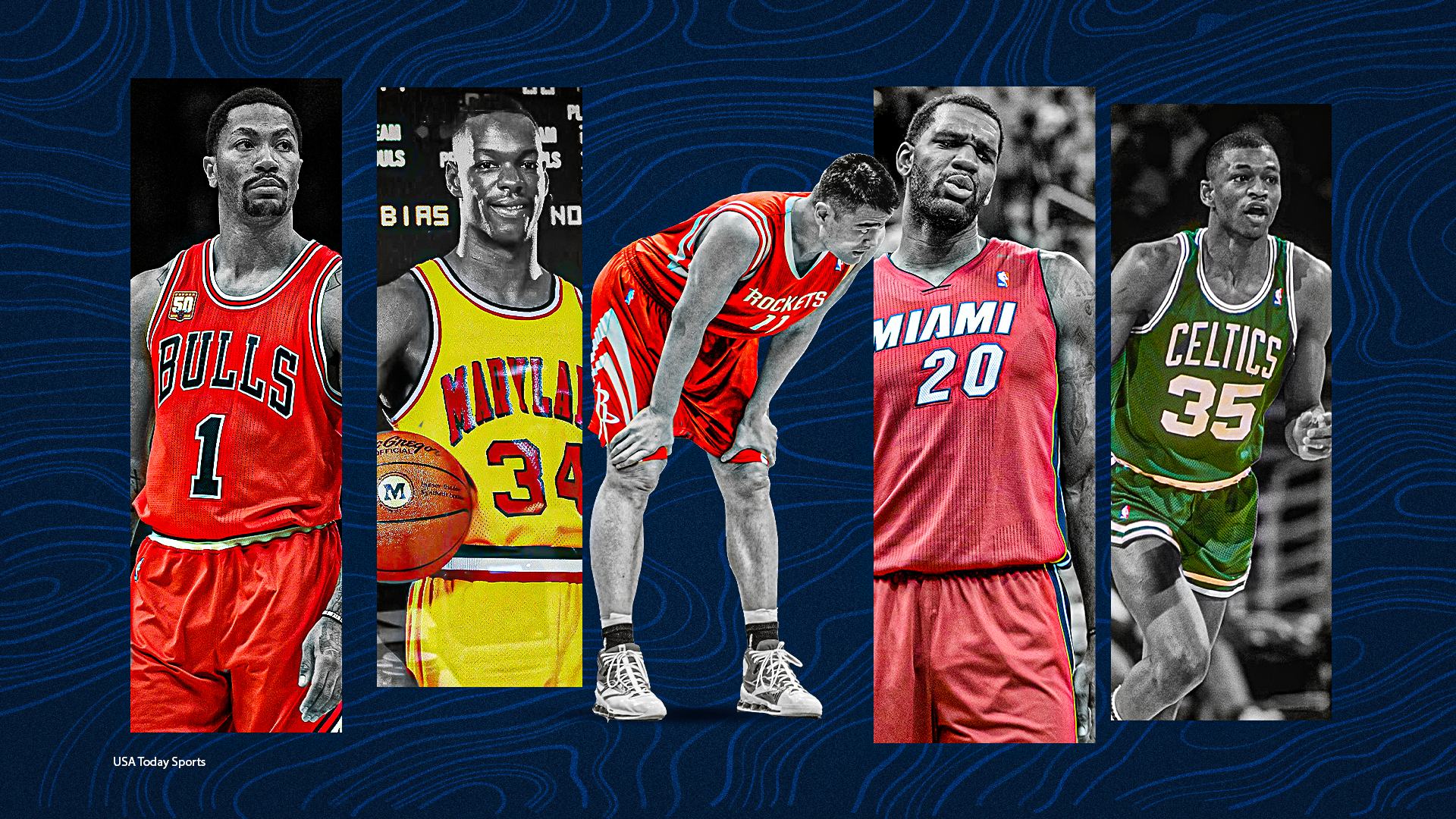Photo by: Otto Greule Jr/Getty Images
Younger basketball fans probably don’t know this but in the ‘80s, the next big thing in the NBA was supposed to be Ralph Sampson.
Over a much-hyped four-year college career at Virginia, Sampson more than lived up to expectations, earning Naismith Player of the Year honors three times in four years, a distinction only the legendary Bill Walton had accomplished by that point, while putting up 16.9 points, 11.4 rebounds and 3.5 blocks per game over his 132-game collegiate career.
Sampson was unique in that despite eventually getting up to 7-foot-4, he was quite skilled and not just a post-up center, an all-too-popular archetype at the time. No, Sampson could knock down shots off the dribble from the midrange, grab a rebound and bring the ball down the floor, glide past defenders and do things that had never been seen out of such a supersized center, all while still being a top rebounder and shot-blocker.
Magic Johnson once said of him: “Ralph Sampson changed the NBA. There had never been any big man quite like him.” Fellow star big man of the time Patrick Ewing added: “The things that he could do would mesmerize a lot of people. Being able to shoot that hook just like Kareem, turn around and shoot the jump shot just like Larry Bird, put it on the floor and take it the length of the court and dunk on you, I mean he could do a lot.”
Sampson went No. 1 overall in the 1983 NBA draft to the Houston Rockets where he’d eventually be paired up with the No. 1 pick in the 1984 draft, Hakeem Olajuwon, to form one of the best frontcourt partnerships of the ‘80s, albeit for a brief amount of time. Early on, it looked like Sampson would live up to the hype in the NBA just like he did in college, as he won Rookie of the Year, earned All-Star honors in each of his first four seasons and made 2nd Team All-NBA by his sophomore campaign.
In his third pro season, Sampson and Olajuwon even got all the way to the NBA Finals, going so far as to take two games from the dynastic Boston Celtics, a squad that is considered among the best in NBA history. Considering Olajuwon was 23 at the time and Sampson just 25, that was a hugely impressive feat for the young duo to have pulled off so early on in their careers.
And it wasn’t just Olwajuwon dominating the playoffs for Houston back then, either; Sampson was a fantastic playoff performer in his own right, averaging 19.7 points, 11.0 rebounds, 3.1 assists and 1.6 blocks in 35 playoff appearances over his first four seasons. He even has an iconic last-second series-ending game-winner over the Los Angeles Lakers from the ‘86 Western Conference Finals that gets replayed in highlights to this day:
However, the big man then went on to face a plethora of injury troubles for the rest of his career, including to his knee and back, and by his age-28 campaign, he was averaging 6.4 points. Sampson would be out of the NBA entirely before turning 32, a very sad end to what looked like was going to be a historic professional career for the Virginia native, leaving us with one of the biggest what-ifs in NBA history.
Just imagine if Sampson stayed healthy and remained at that All-Star, All-NBA level longer, alongside Olajuwon. How successful would the Rockets have been in the ‘80s? Might Olajuwon have won his first ring before his 30s, which could have placed him even higher on all-time rankings? How many All-Star appearances might Sampson have made considering he went four-for-four in his first four seasons? Could he have eventually won MVP himself?
It just goes to show the type of talent Sampson was that we’re discussing a four-time All-Star career as a disappointment.
Checkout latest world news below links :
World News || Latest News || U.S. News
The post Ranking: The Top 15 ‘What If’ players in NBA history appeared first on WorldNewsEra.

